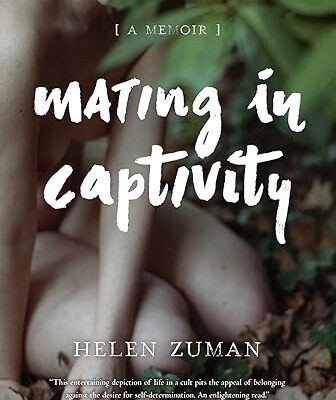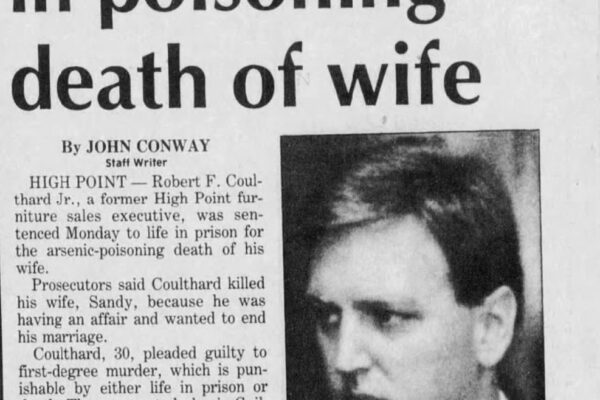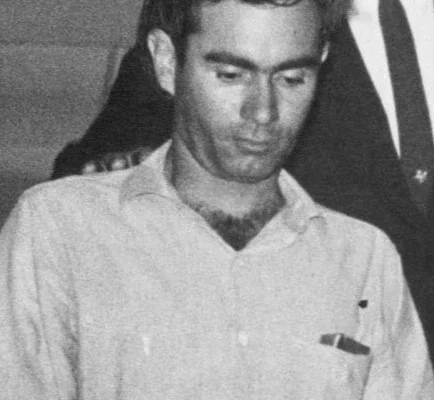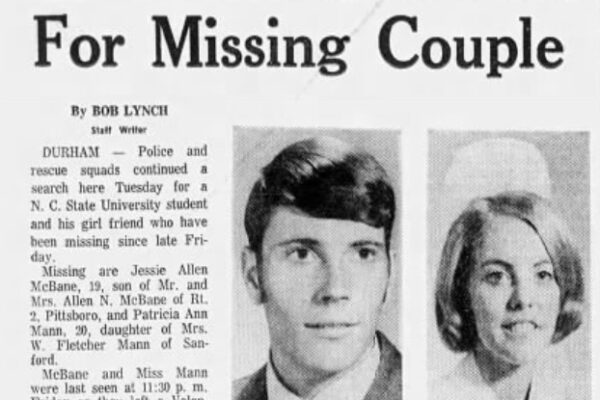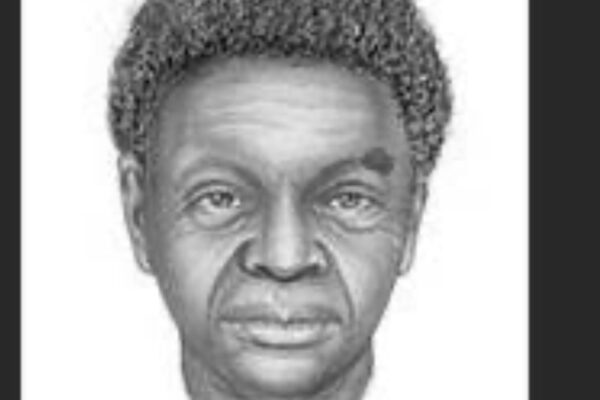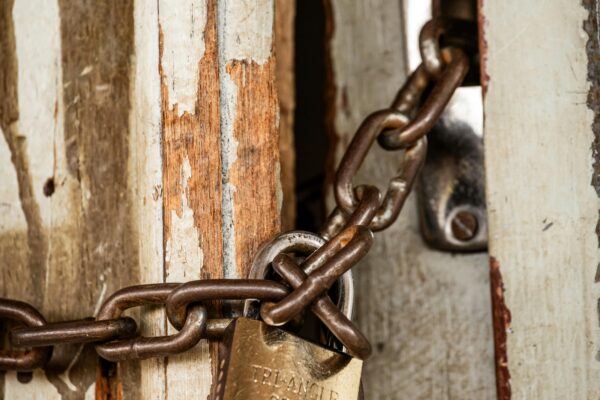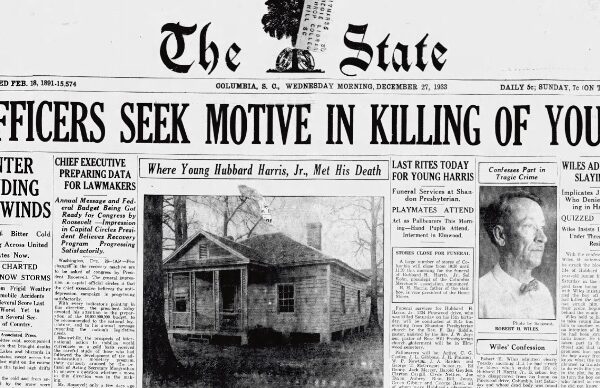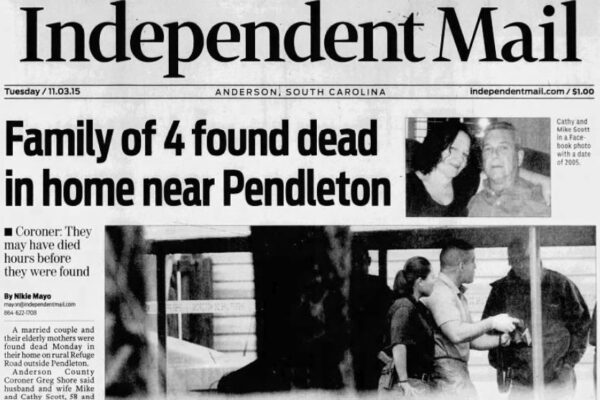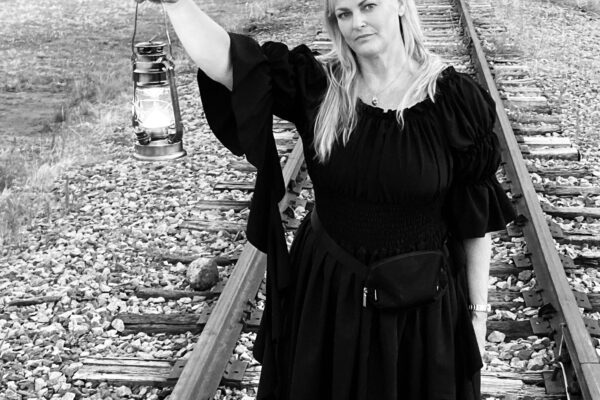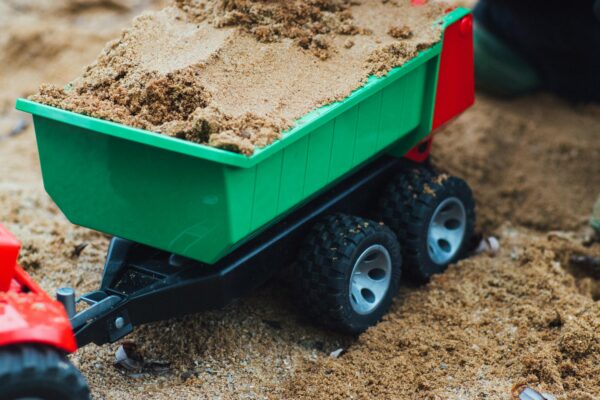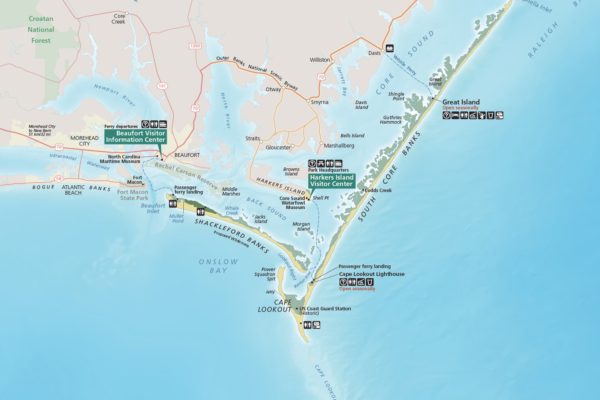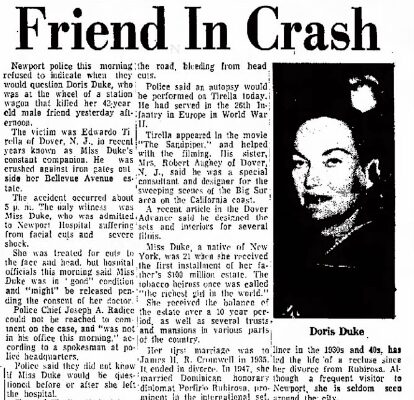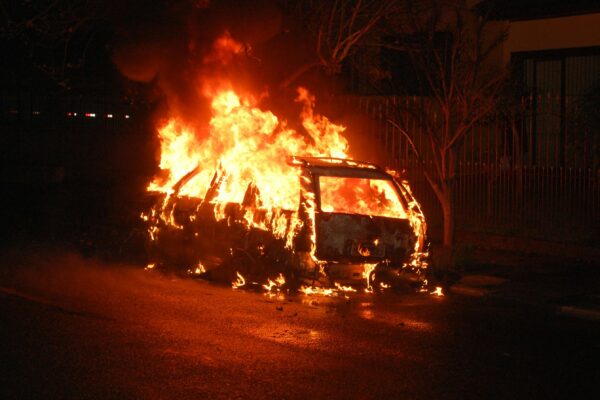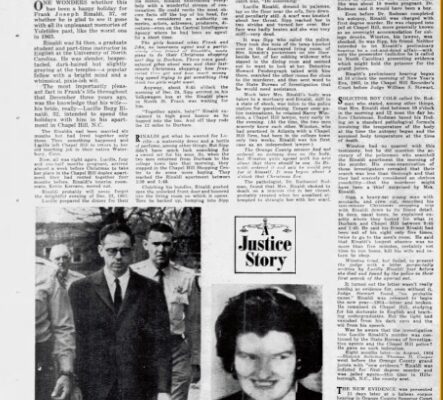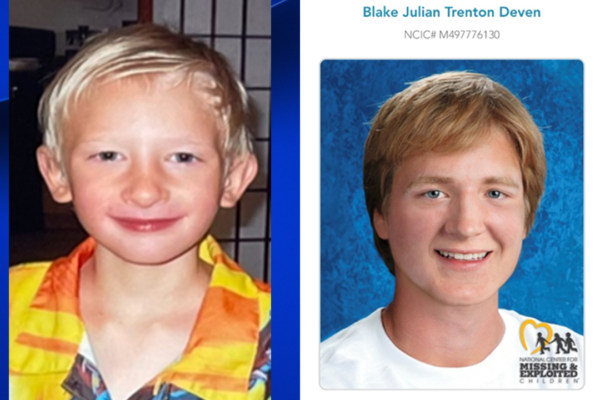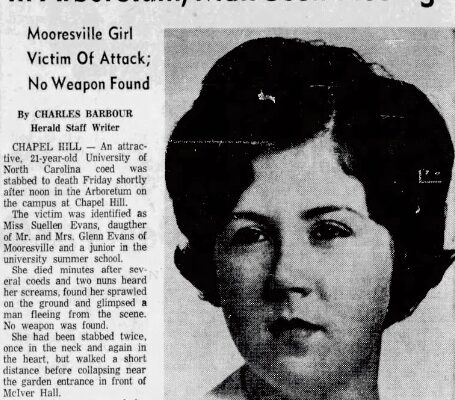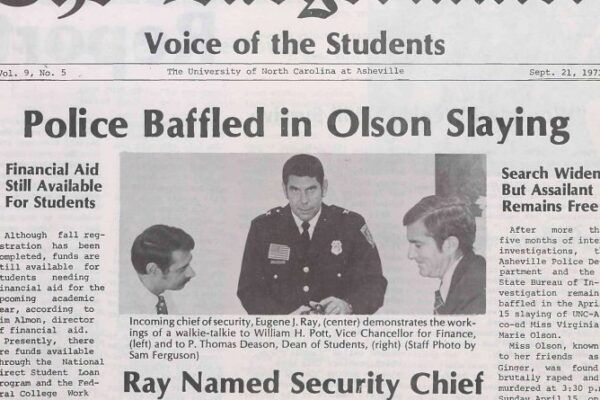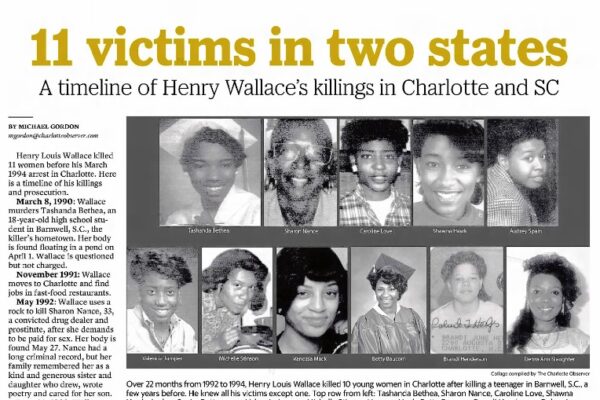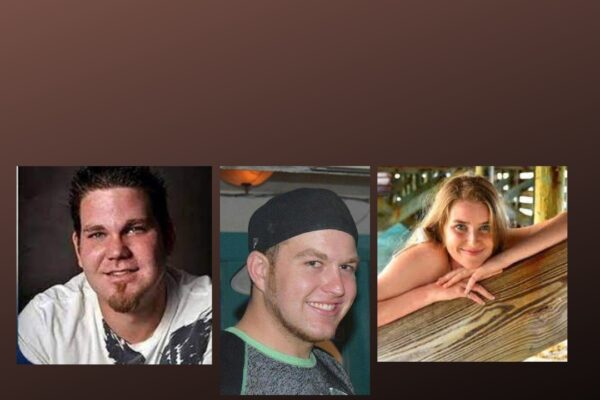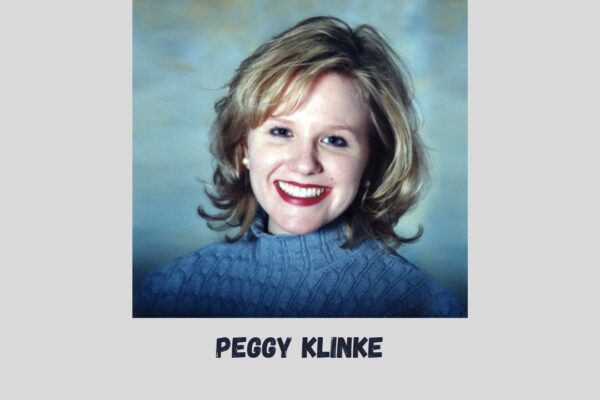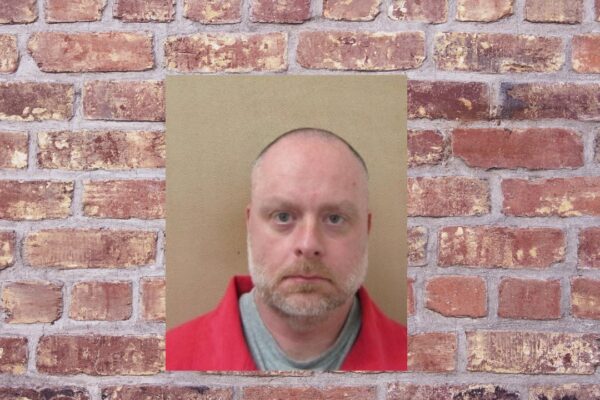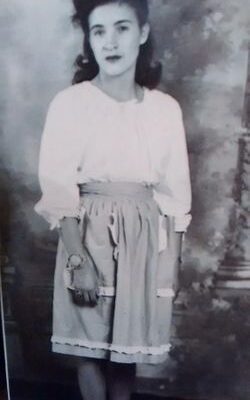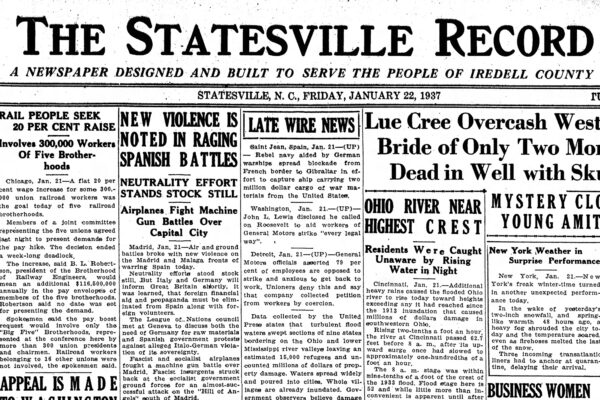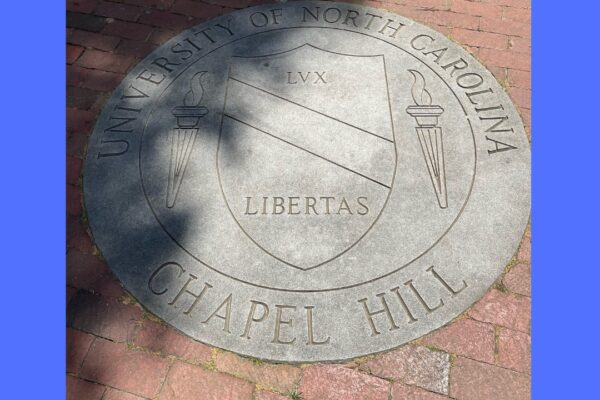In the 1990s, Horry, Georgetown, and Marion counties experienced a rise in bank robberies. According to the Sun News, 16 bank robberies occurred in the area in 1997. Only about 18 percent of money was able to be recovered, and investigators found it thanks to dye packs that had been thrown into the bags of cash. The FBI stated that the robberies seemed to be spur-of-the-moment jobs for quick cash, noting that bank robbery is a very high-risk crime with little reward. Not long after this news article was published in 1998, the FBI would solve nine bank robbery cases from the decade, all pulled off by the same trio of brothers.
Alvin, Claude, and Larry Bellamy hailed from Little River. They came from a family of 12 children, and to everyone around them they seemed like stand-up guys. Out of all the siblings, only one other one was a criminal. In 1986, 36-year-old Clifton Bellamy Jr killed his pregnant ex-girlfriend with a hammer after a fight about child support. Their sister Margie was and still is a magistrate judge in South Carolina.
A Seven-Year Crime Spree
From 1991 to 1998, Alvin, Claude, and Larry Bellamy, carried out nine armed bank robberies in Myrtle Beach, South Carolina and Calabash, North Carolina. Their robberies all had common elements. None of the banks that they robbed had an armed security detail. The biggest of the trio would always threaten the employees. He struck, dragged, and beat tellers. The robbers would also tell employees to not throw dye kits into the cash that they were stealing, and for them to not give them bait dollars. Bait money is a set of bills with serial numbers recorded by the bank. It helps to trace money stolen during a bank robbery. The cars used as the getaway vehicles were almost always stolen, which made tracing the plate useless. The robberies usually lasted somewhere between 2-5 minutes.
In September of 1991, the brothers robbed a bank in Calabash. Security cameras recorded two of the brothers entering the bank just after an armored truck made its daily delivery. They stole over $40,000 worth of money from the bank. Even though the teller pulled the silent alarm, the brothers got away because the nearest police station was a half an hour away from the bank. The cameras caught them fleeing the scene in a Camaro, but it didn’t catch the license plate number. It wouldn’t have done much good if it had, however, as the car had been stolen specifically to use as a getaway vehicle.
The next year, the brothers returned to rob the same bank again, and were recognized by one of the employees that worked there. They got away with around $20,000 that time. After that, they returned four years later for a third robbery. This third robbery was their largest heist, with the brothers stealing around $175,000 from the bank. During this heist, a witness saw the brothers get into a green getaway car after the robbery. He wrote down the plate number and tried to follow the men, but the brothers turned the car around and pulled a gun on the witness, so he gave up the pursuit.
A Customer Witnesses the Crime
One of the brother’s other robberies occurred on Valentine’s Day in 1991. The First Atlantic Bank in Little River was robbed around 2 p.m. The brothers stole around $25,000 from the bank. The tellers reported that two of the men had entered with handguns and navy ski masks. The brothers made everyone get down on the ground. One teller, Candy Cherry, was ordered to load up money for them. One of the brothers screamed “Don’t give me bait money!” Cherry noted that a robber who was smart enough to mention bait money must have really meant business. The brothers fled in a gray Toyota.
While they were being pushed around, some of the employees managed to alert people to the robbery. Cherry managed to alert a woman in the drive thru line who called 911. The woman, Ginger Westphal, was a regular at the bank and friends with a lot of the tellers. She was scared for the tellers, hoping that the robbers hadn’t seen Cherry mouth the words “We’re being robbed” to her. The bank president managed to trip the silent alarm. Thankfully, nobody was harmed in the robbery.
Unlike the Loomis Fargo heist in our previous episode, where the culprits didn’t really know what they were doing, the Bellamy brothers had a good understanding of how to pull off a heist, and for good reason. Claude was a former patrolman who had worked for the Horry County Police Department, and Larry was a Lieutenant with the Myrtle Beach Police Department. Alvin was the only member of the trio who had no law enforcement experience, and instead worked as a landscaper. The brothers didn’t flaunt their wealth after the heists. Their modest lifestyle, combined with no clear motive prevented them from becoming suspects.
All of the getaway cars save for one were stolen. This helped the brothers avoid being traced, as the license plate numbers became useless.
Forensic Evidence Ties Crimes to Bellamy Brothers
By 1998, local investigators had begun to piece together evidence. One thing that caught the attention of investigators was the way that the robbers handled their guns. One of the robbers wore a holster to carry his gun, and he would do what is known as a Weaver stance, something that is taught in weapons training for law enforcement officers. This pointed to at least one of the trio being a law enforcement officer. They were correct about this, as Larry was a crime scene specialist. Larry had even investigated one of his own crimes, unbeknownst to the police. The crime that he investigated involved one of the stolen cars, a green one, that the brothers used for their crimes. His time sheets proved that he hadn’t been working at the times when the robberies occurred.
In hindsight, the law enforcement background is easy to see. The brothers would always tell the employees to not throw a dye pack into the cash, use the stolen cars, and made sure to limit their spending because they knew what things would lead to them getting caught. They used their insider knowledge to cover their tracks for almost a decade.
The trio of brothers slipped up during one of their final robberies. The brothers had always used stolen vehicles to avoid being traced, but they didn’t end up doing this for one robbery. A customer at one of the bank’s drive-thru windows wrote down their license plate number, and it was found that the vehicle, a red SUV, belonged to Alvin Bellamy.
The brothers, who by that time were all in their forties, were arrested in August of 1999. They were charged with nine bank robberies in the Myrtle Beach and Calabash areas. The amount stolen totaled around $700,000, but none of it was recovered. The brothers were held in the New Hanover County Jail in Wilmington, and a judge denied them bond due to the evidence against them.
The brothers were accused of lying by the FBI agent who questioned them. At their trial, which began in January of 2000, Special Agent Craig Ackley said that Claude kept a calm demeanor throughout their interview, and denied himself and his brothers being involved in the Calabash BB&T Robbery.
Agent Craig went to interrogate Alvin, but ended up speaking to his wife instead since Alvin wasn’t home. Larry showed up while he was there, and offered the information that Alvin had been with him all day on the day of the heist.
Craig asked Larry if he knew where his brother Claude lived, and he said that he didn’t. Agent Craig thought that this was a lie because Claude lived around 25 yards from Larry on Old Crane Road.
Witnesses Scared to Testify
Many of the bank tellers and employees testified against the brothers. One woman named Donna testified that she had just learned she was pregnant the day of the robbery. The incident made her decide to quit banking. Donna’s coworker, Denise, recalled how she had been threatened when she couldn’t remember the vault’s combination, and how she had a gun-barrel-shaped bruise on her neck from being forced into the vault afterwards. The tellers said that the men had smelled of alcohol, something that Agent Craig had noticed when interrogating the siblings.
It was assumed that one of the witnesses, Constance Parish, would identify Claude Bellamy as the man she saw outside the David national bank the day of the robbery, but she said during the trial that she wasn’t quite sure it was him. She had been at the drive through window when she saw him, and immediately thought something was suspicious since he was wearing a ski mask. She said that she saw him speed off in a blue truck before calling 911. Parish didn’t want to testify in the trial, but she was told that she would be subpoenaed anyways if she didn’t.
Several of Larry’s former police coworkers testified in the trial, one of which was police chief Warren Gall. Warren said that he considered Larry “a very good friend and team member.” Gall confirmed that Larry’s time sheets all indicated that he had taken off work on the days that the crimes were committed. He was also able to point out Larry when looking at the crime scene photos.
Another officer who testified was Captain Joe Vella, Larry’s best friend. Joe stated that while Larry did have some nice items in his house, he had never seen him with a large amount of cash. Joe also testified that Larry did drink a lot in the afternoons, but that it never got in the way of his work. He also said that he recognized Larry in the surveillance photos, but that he still cared about him.
Kenny Dixon Jr, a public accountant and fraud examiner, testified on Claude’s behalf. His investigation found that Bellamy’s reported income was fluctuating, but he could not trace where the money had been spent. It seemed like he had been living off cash advances, retirement, and other money he had saved. Claude was also in debt at the time.
Some evidence that was used against the brothers was a checkered jacket and a leather holster used in the crimes that were later discovered to be in possession of the Bellamys, the jacket being found in Claude’s closet.
The FBI had also investigated a group of unidentified men who tried to intimidate one of the witnesses for the prosecution by threatening to “cut out his eyes and kill his family. Federal agents believe these threats originated with one or all three of the brothers but couldn’t pinpoint who.
All three brothers pleaded “Not guilty.”
After two weeks and 70 different witnesses, the Bellamy brothers were convicted on February 22, 2000. Alvin, the youngest brother and the landscaper, received 15 years in prison. His brothers got harsher sentences of 50 years in jail because they had “betrayed their badges.” The brothers were allowed to request one of the 97 federal prisons to serve their sentences at.
Alvin got out of prison in 2008. Claude died at the age of 61 back in 2016. Larry is now 67, and is serving his time in a medium security facility in West Virginia. The courts rejected all of Larry’s appeal attempts. He is scheduled for release in 2042 at the age of 90.
What Happened to All the Money?
To this day, the $700,000 stolen by the brothers has not been recovered. A big question about this case that has never been solved is “Why?” Unlike with a lot of robbers, the Bellamys did not have a clear motive for pulling off as many heists as they did. They also didn’t seem to spend the money that they were stealing. While not every robber buys an expensive mansion like we saw in the Loomis Fargo heist, it’s expected that the money from a heist will be spent eventually. The brothers did not move out of their homes, and they seemingly weren’t paying off debt. They stayed in the area, and just kept robbing banks. Maybe they were doing it for the thrill, or maybe they were just supplementing their meager incomes. Another theory is that one or more of the robbers had become addicted to gambling, but I guess we’ll never know what motivated this particular string of robberies.
The 1972 Fall-Out Shelter Explosion in Valdese, N.C.
There’s one more story I wanted to share today. Sometimes I come across interesting news items that don’t warrant a full episode, and that’s the case with this one today, featuring an accidental explosion that killed five children in Valdese, North Carolina in June of 1972.
The story begins ten years earlier, when a man named James Edward “Bunt” Garrou and two of his brothers built a large fallout shelter in the yard of “Bunt’s” home. Bunt was an executive at the Alba Waldensian Inc. textile firm. The year was 1962 and the brothers who lived in the small town of Valdese in Burke County were fearful of a nuclear attack amid the Cuban Missile Crisis. They used local contractors to construct a concrete shelter large enough to hold 13 people. About 20 other families in Morganton did the same. The floor and walls of the shelter were poured concrete, with a ceiling about 12 inches thick and reinforced with steel rods. It also featured a ventilation system, bunks, a kitchen, and commode. Over the years Bunt and his brothers kept the shelter stocked with food, water, blankets, and other supplies. They placed a gasoline generator for electric power and a 250-gallon tank for gasoline storage outside of the shelter.
Bunt had an adoptive daughter, 12-year-old Jean Garrou. She knew she was not supposed to play in the fallout shelter, but on May 30, 1972, she obtained the key and took five of her friends, 12-year-old Regina Robinson, 14-year-old Donald Robinson Jr., 10-year-old Michael Powell, 12-year-old Gloria Hammond, and 10-year-old Bea Piccou to the location down the hill from her family’s home. The little girl later told the police the children had found the secret key to the fallout shelter and had been playing inside of it. They had seen pools of gasoline on the floor of the shelter but were afraid to tell Jean’s dad about it because they weren’t supposed to be in there.
Earlier that evening, Ed Garrou had seen his daughter and her friends playing around a basketball court near the bomb shelter. He said the last time he’d seen them, they were sitting on the curb together.
Around 6:45 p.m., a fiery explosion occurred at the site of the fallout shelter on the Garrou property.
Residents from Valdese all the way to Connelly Springs wondered what had caused the ground to shake so violently. Burke County fire marshal Marvin Sawyer theorized gasoline fumes from a leak had built up, and a spark from the light switch inside the shelter ignited the fumes. The children may have been playing in the shelter the week before and accidentally caused the gasoline leak.
Regina Robinson was thrown 75 yards into the street. Jean Garrou was thrown 25 yards from the entrance. The bodies of Gloria Hammond and Mike Powell were found on the steps of the shelter. Donald Robinson was located in the hall. Piccou was injured but had been standing off to the side of the shelter’s entrance. She was the only survivor of the blast. Bea’s father later told the media it was a miracle his daughter had survived.
The Charlotte Observer reported that 10-year-old Michael Powell had been the talk of the town earlier in the week when he hit a home run at his little league baseball game. Jean Garrou had just written a letter to the Reverend Billy Graham, that said, “For a little kid, I have got adult problems but the funny thing is I am not scared of those problems . . . Believe it or not, I already know what my job is on earth. It is to be a minister or a missionary.”
A year after the explosion, local residents dedicated a park to the five children who had lost their lives. Children’s Memorial Park sits off Main Street, near the downtown area. It’s dedicated to the memories of Jean Garrou, Gloria Hammond, Michael Powell, Donald and Regina Robinson.
Episode Writer: Mia Roberson. Visit her on Instagram at mixology_with_mia
Courtroom sketch by Jason Whitley/Sun News
Show Sources:
https://www.charlotteobserver.com/entertainment/movies-news-reviews/article166071472.html
https://wpde.com/news/local/3-armed-bank-robbers-sentenced-to-collective-88-years-in-prison
https://www.ca4.uscourts.gov/opinions/Unpublished/004662.U.pdf
https://forensicfilesnow.com/index.php/tag/larry-bellamy
https://forensicfilesnow.com/wp-content/uploads/2019/03/Greenville-News-Aug.-5-1999.png
Sun News
January 10, 1998
Region sees bank robbery increase
Page 1
https://www.newspapers.com/image/808695936
Page 2
https://www.newspapers.com/image/808695943
Sun News
February 15, 1991
Teller robbed at gunpoint
Page 1
https://www.newspapers.com/image/807847508
Page 2
https://www.newspapers.com/image/807847512
Sun News
January 22, 2000
Bellamy trial to begin in Wilmington, N.C. court
https://www.newspapers.com/image/808978551
Sun News
February 10, 2000
Bellamy trial testimony gets muddled
https://www.newspapers.com/image/808938092
Sun News
February 16, 2000
FBI agent says Bellamys lied about robbery
Page 1
https://www.newspapers.com/image/808938819
Page 2
https://www.newspapers.com/image/808938827
Sun News
February 19, 2000
Bellamy defense rests its case
Page 1
https://www.newspapers.com/image/808939074
Page 2
https://www.newspapers.com/image/808939083
Sun News
September 10, 2000
Bellamy brothers facing prison
Page 1
https://www.newspapers.com/image/809170943
Page 2
https://www.newspapers.com/image/809171038
Valdese bomb shelter explosion
The Charlotte Observer
June 1, 1972
Page 1
https://www.newspapers.com/image/621945264/?match=1&terms=shelter
Page 2
https://www.newspapers.com/image/621945284/?match=1&terms=shelter
Winston-Salem Journal
June 1, 1972 https://www.newspapers.com/image/936999589




